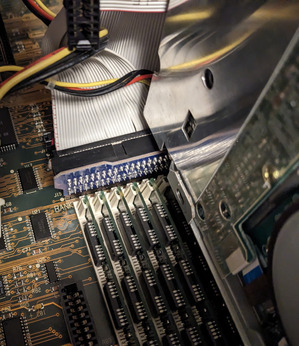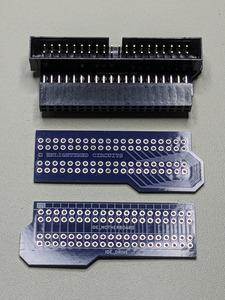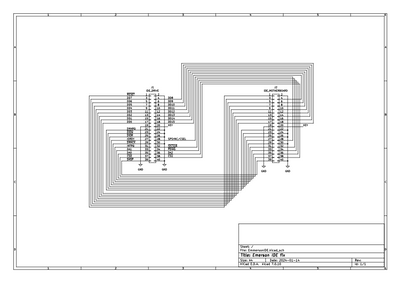First post, by Overkill
I think I figured out the issue Emerson 500EC, 4412 and some other models have with the onboard IDE controller. I thought I'd share this here to save others some work. On these models data written to the HDD will be unreadable on other machines, and vise versa. The issue appears to be that bits 8-15 on the IDE connection flipped (pins 4 <-> 18, 6 <-> 16, 8 <-> 14, 10 <-> 12). The only reason it works at all is that IDE uses single byte command sent on bits 0-7. I have a small passive PCB that corrects this issue I designed and ordered. If it works, would anyone here be interested in one of the boards?


